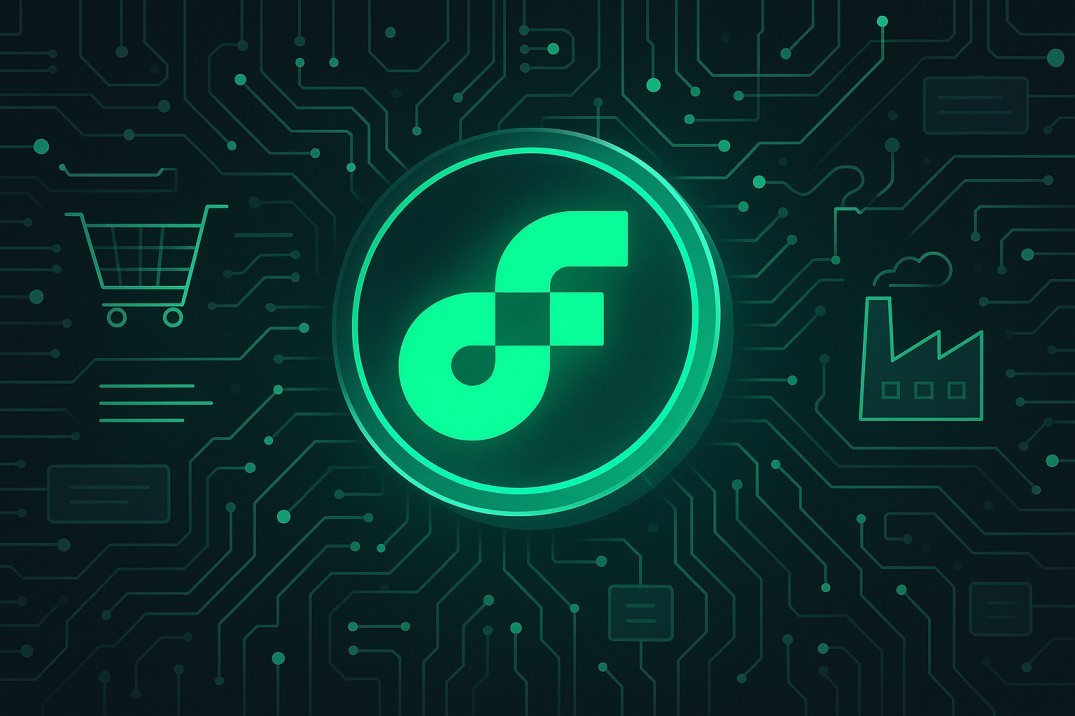TL;DR
- Flow is a layer-one blockchain made for consumer-grade apps and digital assets.
- It uses a Proof-of-Stake system and a multi-role architecture to balance scalability, cost, and decentralization.
- FLOW token fuels everything: paying for fees, storage, staking, rewards, governance, even collateral in DeFi.
- Flow's tools include Cadence, mobile-focused onboarding, full EVM compatibility, and account abstraction.
- Its Crescendo upgrade (Sept 4, 2024) brought EVM equivalence, faster performance, Cadence 1.0, and huge efficiency gains.
- Supported by big brands like NBA, Disney, Ticketmaster; powered hit apps like NBA Top Shot.
- Challenges include evolving competition, inflation, and navigating cross-chain complexity.
- Flow stands out as a blockchain built for real-world, mainstream-ready use-without shortcuts.
Flow is a layer-one blockchain built from day one for consumer-focused apps and digital content. It tackles the blockchain trilemma-making it faster, more scalable, and cost-effective-without compromising decentralization. The network runs on Proof-of-Stake and employs a unique multi-role architecture, carefully dividing tasks among specialized node types.
The FLOW token is its native utility token. It's used to pay transaction and storage fees, stake or delegate to help secure the network, buy or trade assets, and even serve as collateral or as governance in future decisions.
Architecture & How Flow Works

Multi-Role Architecture
Instead of sharding, Flow separates work across four types of nodes:
- Collection - gathers transactions;
- Consensus - orders them;
- Execution - computes results;
- Verification - checks work.
This assembly-line design boosts throughput without sacrificing security or composability. It ensures even complex applications can run smoothly at scale.
Developer Tools & Onboarding
Flow offers Cadence, a smart contract language built for safety and ease. It's easy to learn and built to avoid common pitfalls in languages like Solidity. The platform also supports protocol-level account abstraction, letting users sign up with email or mobile, not just a crypto wallet. That simplifies onboarding for mainstream users.
Full EVM compatibility after the Crescendo upgrade means developers can bring Ethereum apps to Flow without rewriting code.
Crescendo Upgrade: A Turning Point
The Crescendo upgrade, deployed on September 4, 2024, represents Flow's biggest leap since launch.
Key improvements:
- EVM equivalence-Ethereum smart contracts and tokens (ERC-20, ERC-721) now work natively on Flow.
- Cadence 1.0-ensures backward compatibility so smart contracts don't break after future updates.
- Performance gains-block times dropped from around 1.5s to 0.8s, memory use is 38% lower, and storage efficiency doubled.
- Developer tools & experience-native bridges between Cadence and EVM, scriptable actions, improved key systems, and more.
Who Built Flow?
Flow was designed by Dieter Shirley, a co-author of ERC-721 and a key creator of CryptoKitties. In 2018, Shirley, Roham Gharegozlou, and Mikhael Naayem founded Dapper Labs, and launched Flow in 2020. NBA Top Shot followed soon after as its breakout success.
To guide the project's future, Flow Foundation was created in 2024 as an independent, non-profit body.
FLOW Token Utility and Real Usecases

The FLOW token does a lot of work on the network:
Staking & Delegation - flows to validators and delegators to secure consensus.
Rewards - FLOW awarded to those who help run the network.
Transaction Fees - used for every action like transfers, contract deploys, NFTs, etc.
Storage Deposits - required minimum balance to store data.
Medium of Exchange - powers apps, NFTs, purchases, and more on the network.
Collateral - used in DeFi, like with Increment.fi.
Governance - FLOW is designed to enable voting on protocol decisions in the future.
Token supply started at 1.25 billion FLOW in 2020, allocated across ecosystem fund, Dapper Labs, team, and community. Now all are unlocked and in circulation, with additional new tokens issued as rewards.
Real Use Cases & Adoption
Flow powers popular consumer-focused experiences:
- NBA Top Shot, NFL ALL DAY, Disney Pinnacle-all built on the platform.
- Trusted by brands like NBA, NFL, Disney, Mattel, Ticketmaster.
- Over 45 million people have used products built on Flow.
- These aren't speculative projects-they're blockchain-native fan engagements and collectibles that millions already use.
Challenges and Risks
Flow faces a few rooted challenges:
- Competition-Ethereum, Polygon, Solana, and others also chase performance and developer mindshare.
- Inflation-new FLOW is minted for rewards, which may affect token value.
- Cross-chain complexity-building secure bridges between Cadence and EVM is tricky even with Crescendo.
- Maintaining decentralization-the multi-node system relies on design balance.
- Governance roadmap-on-chain voting isn't live yet, so decentralization is still evolving.
Why Flow Matters
Flow is rarely-built deliberately for real-world digital experience, not a speculative playground.
Its standout strengths:
- Designed to scale-without sharding, while staying user-friendly.
- Developer tools are modern and safe-from Cadence to mobile support and EVM.
- Proven in the market-with widely used consumer apps.
- Performance-level improvements that matter to real projects.
Final Thought
Flow is a blockchain shaped by consumer experience, not hype. With its multi-role design, a clear focus on usability, and serious adoption by brands and users, it feels like a blockchain built for today's actual needs.
The Crescendo upgrade sharpened its edge-making Ethereum developers feel at home and giving Flow both performance and interoperability. Challenges remain, sure-but Flow's foundation feels strong, mature, and real. If Web3 is going mainstream, Flow looks like one of its cleaner, more thoughtful paths forward.











